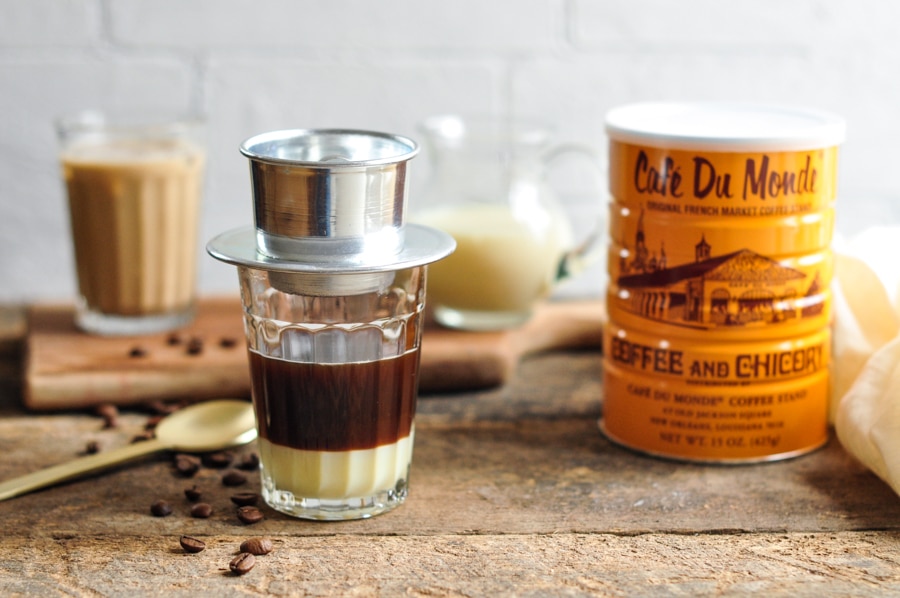A typical cup of Vietnamese coffee packs a potent caffeine punch, containing around 100 milligrams of the stimulant. This is significantly higher than the standard 65 mg found in a cup of American coffee.
For those looking for a beverage with less of a caffeine kick, American coffee would be a better choice. It’s worth noting that the exact caffeine content in Vietnamese coffee can vary somewhat depending on factors like the specific roast and brew method used.
Vietnamese coffee is known for its strong, robust flavor, which often translates to a higher caffeine content compared to many other types of coffee. The amount of caffeine in Vietnamese coffee can vary depending on several factors, including the type of coffee bean used, the brewing method, and the serving size. Here are some general guidelines:
- Type of Coffee Bean: Vietnamese coffee is typically made using robusta beans, which contain about twice the caffeine content of arabica beans. On average, robusta beans contain about 2.2 to 2.7% caffeine, while arabica beans contain about 1.2 to 1.5% caffeine.
- Brewing Method: Vietnamese coffee is often brewed using a phin filter, which is a slow drip method that can result in a stronger brew.
- Serving Size: A typical serving of Vietnamese coffee is around 6 to 8 ounces.
Based on these factors, a typical 8-ounce cup of Vietnamese coffee can contain around 100 to 200 milligrams of caffeine. However, the actual amount can vary. For comparison, a standard 8-ounce cup of brewed coffee generally contains about 95 milligrams of caffeine when made with arabica beans.
Another popular variation is cà phê trứng, or egg coffee, which involves whisking egg yolks with sugar and folding them into the strong coffee. This results in a creamy, custard-like froth that sits atop the coffee, offering a unique and luxurious coffee experience. The robust flavor of the coffee cuts through the richness of the egg mixture, creating a balanced and decadent drink.
The strong cultural and social significance of coffee in Vietnam also plays a role in its distinctiveness. Coffee shops, or cà phê houses, are ubiquitous in Vietnam and serve as important social hubs where people gather to relax, converse, and enjoy their favorite brews. This cultural aspect of Vietnamese coffee drinking enhances its allure and adds to the overall experience of enjoying this unique beverage.
Additionally, if Vietnamese coffee is prepared as a cà phê sữa đá (iced coffee with condensed milk), the added milk and sugar don’t significantly affect the caffeine content but do add to the overall volume and richness of the drink.


